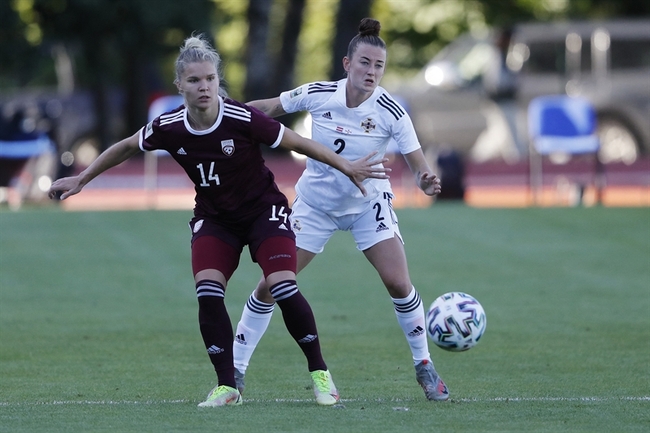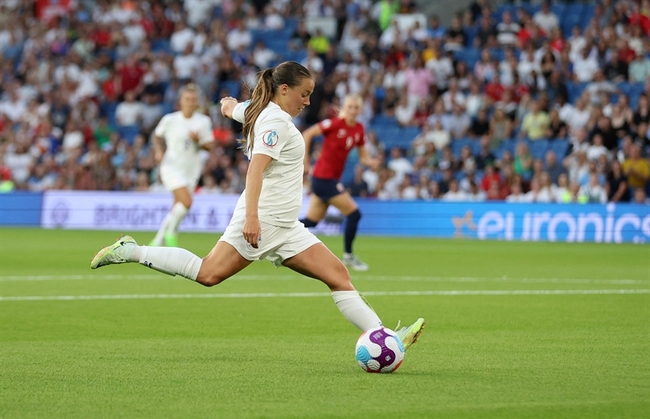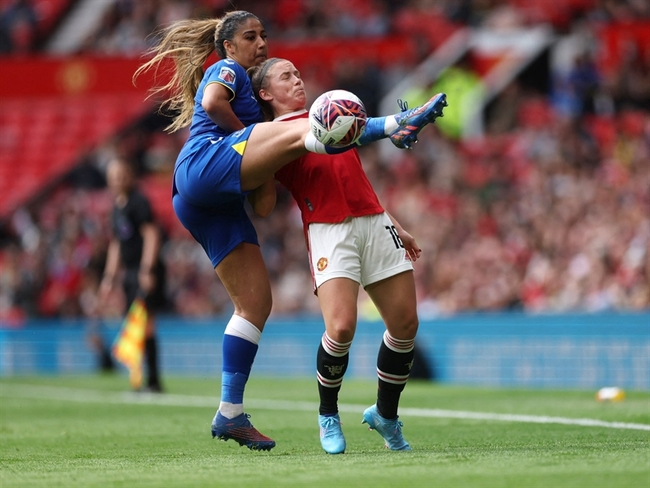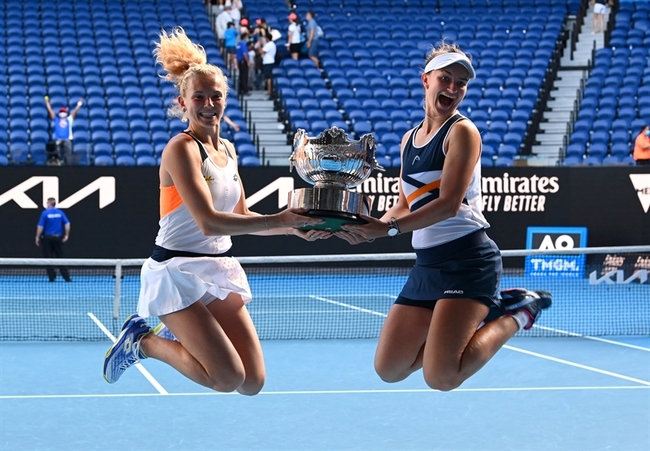You are viewing 1 of your 1 free articles
COVID-19 and athletes – an update III
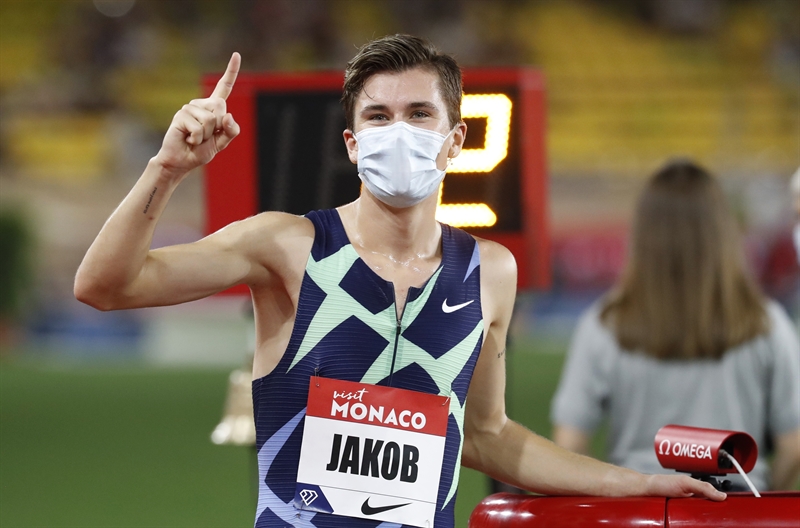
Fall sports hang in the balance as we enter the last quarter of 2020. While some institutions and programs resumed their sports programs, as usual, this year, others delayed or canceled entire seasons. Athletes, coaches, trainers, and administrators try to make decisions based on the information available. Their primary aim is keeping athletes safe, but that goal lacks a consensus on the best approach.
This month (October 2020), researchers from multiple cardiovascular centers across the United States issued a new report along with updated guidelines for return to sport (RTS) decision making for athletes who have contracted the novel coronavirus(1). Their recommendations build upon the previous report (May 2020) put forth by the American College of Cardiology(2). It is important to keep in mind the dynamic nature of the knowledge about the long-term effects of COVID-19. Scientists studying this disease for the past nine months still lack vital information. “At present, the prevalence and clinical implications of COVID-19 cardiac pathology in athletes are unknown(1).” However, researchers have drawn some conclusions based on the information obtained thus far.
The report highlights that cardiac injury is common in those with moderate to severe disease who require hospitalization or have pre-existing cardiovascular pathology. Because of a lack of study, the cardiac sequelae of those with mild to no symptoms is unknown. The report also acknowledges that most athletes who contract COVID-19 suffer mild symptoms or none at all. This disparity between athletes and the general population could be because of the healthy baseline status or relative youth of most athletes.
Those who suffer moderate to severe symptoms from the novel coronavirus are usually older and have co-morbidities. Without question, this population is more susceptible to cardiac damage. However, to extrapolate concerning biomarkers in this population to athletes may be a mistake because of the cardiovascular changes resulting from exercise. For instance, exercise in healthy individuals may trigger short-term increases in troponin levels, edema, and inflammation around the heart. What may be concerning in an older person with cardiovascular disease may be an incidental finding in an athlete(1).
The commonly used troponin test should be suspect if elevated and repeated in an athlete. Consistently elevated troponin levels should cause concern when matched with clinical symptoms such as shortness of breath, syncope, irregular or high heart rate, and fatigue, and a history of moderate to severe COVID-19. Cardiac magnetic resonance imaging (CMR) may be equivocal. The authors of this report warn against unnecessary testing, such as blanket CMR for all post-COVID-19 athletes. In an accompanying editorial, the journal editors note this is a departure from the more generous use of CMR advocated by the RTS guidelines in the UK(3). However, the report’s authors again warn of the prevalence of incidental findings in a low-risk population and the utilization of health-care dollars needed for pandemic-related care. They also suggest that ECGs lack enough sensitivity to warrant their use as a screening tool for myocarditis.
Recommendations
The report recommends that athletes who’s symptoms resolve within 10 days of a positive COVID-19 test return to sport utilizing a graduated step-wise and monitored approach to their return to activity. No further cardiac evaluation is needed as long as viral symptoms don’t return, and cardiovascular symptoms don’t appear. If such symptoms develop or the athlete suffered moderate or severe viral symptoms, they recommend an initial cardiac workup, with further CMR testing as indicated. Athletes demonstrating any cardiac abnormalities should follow existing myocarditis RTS guidelines. (See report for complete flow-chart guidelines.)Lastly, the authors emphasize the importance of planned readiness in all sports situations. Practice emergency protocols and ensure that equipment (including AED devices) is in proper working order. Cardiac emergencies can happen at any time, even to those not exposed to the novel coronavirus. Therefore, vigilance, monitoring, and planned action are key to saving lives on the sports field.
References
- JAMA Cardiol. Published online October 26, 2020. doi:10.1001/jamacardio.2020.5890
- JAMA Cardiol. Published online May 13, 2020. doi:10.1001/jamacardio.2020.2136
- JAMA Cardiol. Published online October 26, 2020. doi:10.1001/jamacardio.2020.5896
Newsletter Sign Up
Subscriber Testimonials
Dr. Alexandra Fandetti-Robin, Back & Body Chiropractic
Elspeth Cowell MSCh DpodM SRCh HCPC reg
William Hunter, Nuffield Health
Newsletter Sign Up
Coaches Testimonials
Dr. Alexandra Fandetti-Robin, Back & Body Chiropractic
Elspeth Cowell MSCh DpodM SRCh HCPC reg
William Hunter, Nuffield Health
Be at the leading edge of sports injury management
Our international team of qualified experts (see above) spend hours poring over scores of technical journals and medical papers that even the most interested professionals don't have time to read.
For 17 years, we've helped hard-working physiotherapists and sports professionals like you, overwhelmed by the vast amount of new research, bring science to their treatment. Sports Injury Bulletin is the ideal resource for practitioners too busy to cull through all the monthly journals to find meaningful and applicable studies.
*includes 3 coaching manuals
Get Inspired
All the latest techniques and approaches
Sports Injury Bulletin brings together a worldwide panel of experts – including physiotherapists, doctors, researchers and sports scientists. Together we deliver everything you need to help your clients avoid – or recover as quickly as possible from – injuries.
We strip away the scientific jargon and deliver you easy-to-follow training exercises, nutrition tips, psychological strategies and recovery programmes and exercises in plain English.



